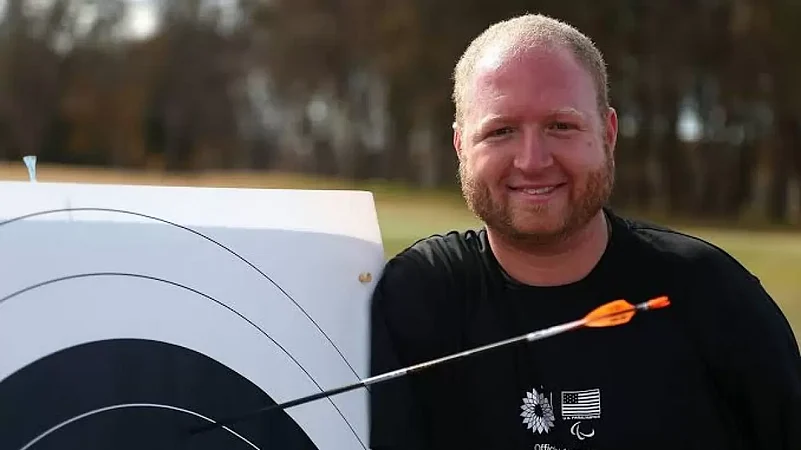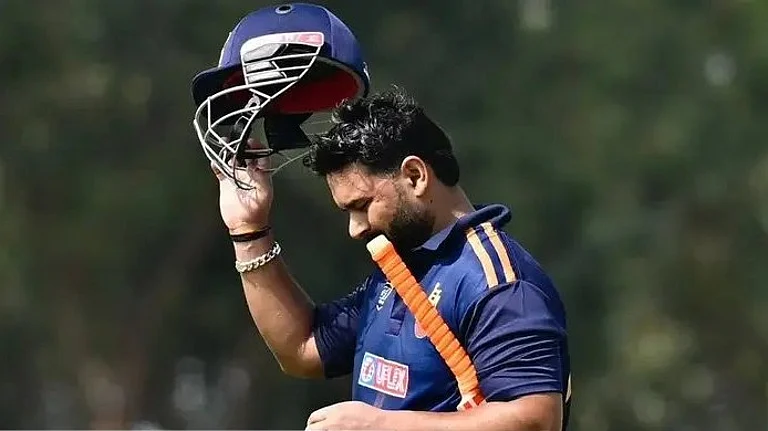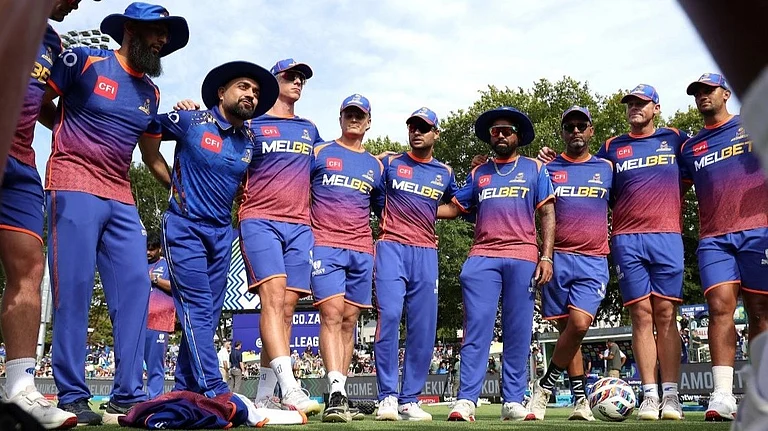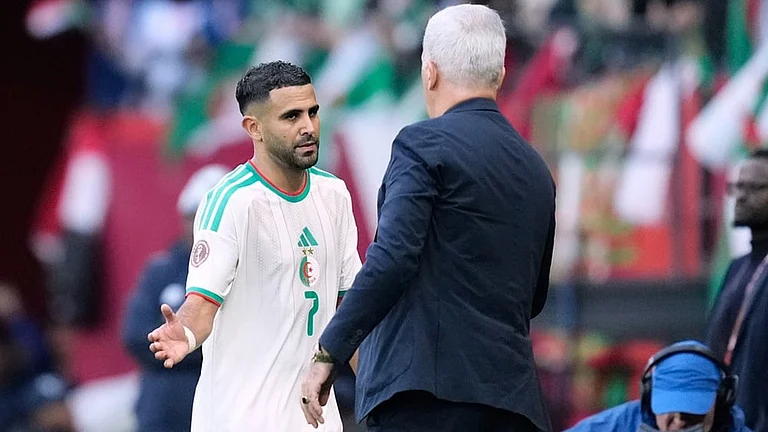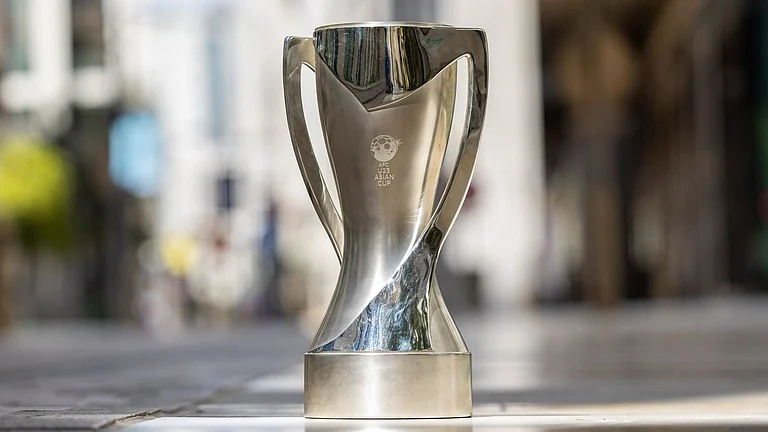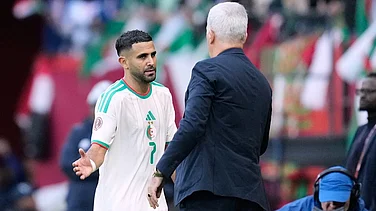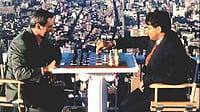Para sports have experienced great progress as far as technology is concerned. And at the centre of it is the athlete’s comfort.
Today, assistive technology comes with personalised gear, making sports safer and inclusive for Para-athletes.
Prosthetic limbs, for one, have seen severe upgrades in modern times. Integration of lightweight materials and improved control systems allow Para-athletes to handle their prosthetics with precision. They are also designed in such a way that they replicate the movements of natural limbs. Not only do they have to be light and flexible, they also have to be durable to be able to withstand the demands of sport.
For example, blades such as those used by South African runner Oscar Pistorius serve as a replacement for the athletes’ calves and ankles. Shaped like the alphabet ‘J’, they are made out of strong carbon fibre, enabling contestants to compete in events such as long jump, sprints and vertical lifts.
Similarly, exoskeletons are revolutionary devices that hugely assist athletes with mobility issues, helping them perform physical activities such as stand and walk. With practice, athletes with upper limb paralysis can efficiently perform in javelin and shot put, or run or jump if they suffer from lower limb paralysis. The use of exoskeletons is still in its early stages, but experts see potential in them.
The 2020 Tokyo Paralympics saw the debut of badminton, with the likes of Pramod Bhagat, Manoj Sarkar, Suhas Yathiraj and Krishna Nagar winning medals for India. Similar to standing badminton, players using badminton wheelchairs are expected to move around the court swiftly. Again, these wheelchairs comprise lightweight designs to support manoeuvrability,helping Para athletes to make quick and sharp turns. The strapping system keeps them secure on the chair at all times, while the wheels are designed for maximum grip.
In Para sports, technology is witnessed even in archery. Paralympics documentary ‘Rising Phoenix’ extensively covers the life of Matt Stutzman, also known as the Armless Archer. Stutzman has excelled in archery, having shot the farthest accurate shot in the sport (310 yards), which is a record, as well as winning a silver medal in the 2012 Paralympics. Born without arms, Stutzman used a customised bow, which included a release brace placed on his back, positioning the bow between his toes. Some of the other advancements in para-archery include elbow strap (an alternative for release brace) and mouth tab (a material attached to the string of the bow allowing the archer to release the arrow using their mouth).
Among the sturdiest pieces of equipment for Para athletes are wheelchair rugby chairs. They are designed in such a way that they withstand crashes and impacts. Made of either titanium or aluminium, the chairs can be fitted with additional wheels depending on the impairment of the athlete using it. While the offensive chairs come equipped with metal “wings”, the defensive chairs contain grappling hooks to trap the offensive line players.
Then there are accessories that may not be high-tech but are equally important. Para swimmers have assistants who use tappers to alert athletes when they approach the wall or turn around. The device is basically a pole with a soft end. The assistants use the pole to tap the swimmers on either their head or shoulder. Although these devices can be homemade, they require the IPC (International Paralympic Committee) approval for use at the grand stage.
Wheelchair basketball chairs have gone through evolutions, too, offering comfort to players with less mobility in their lower body. These chairs have high backrests and ‘bucket seats’ to keep the player stable. As per their preference, athletes can opt to have an additional chair behind the backrest, allowing them to lean back while shooting. The wheels of the chairs are also curved 20 degrees towards the ground for easy movement.
Technology has helped Para athletes achieve the unthinkable time and time again, with a few athletes even setting better records than able-bodied sportspersons. Para sports can only move forward from here.






